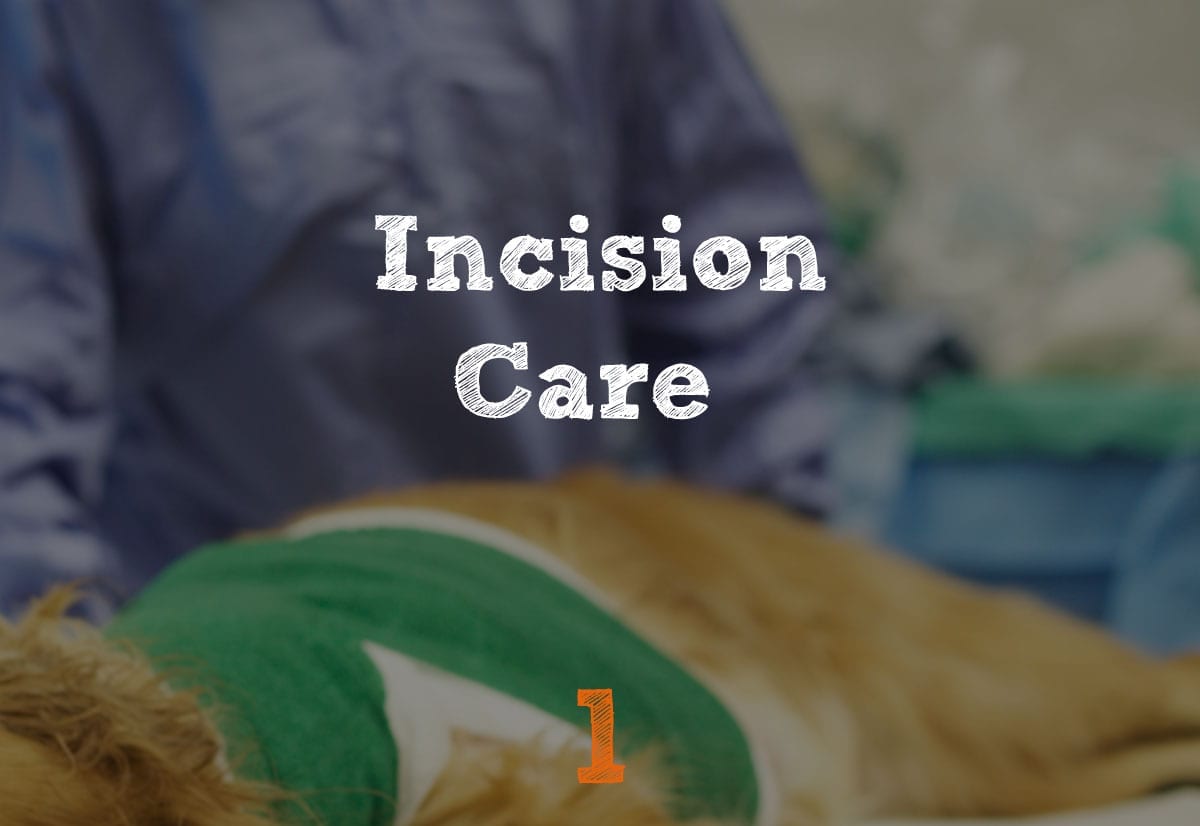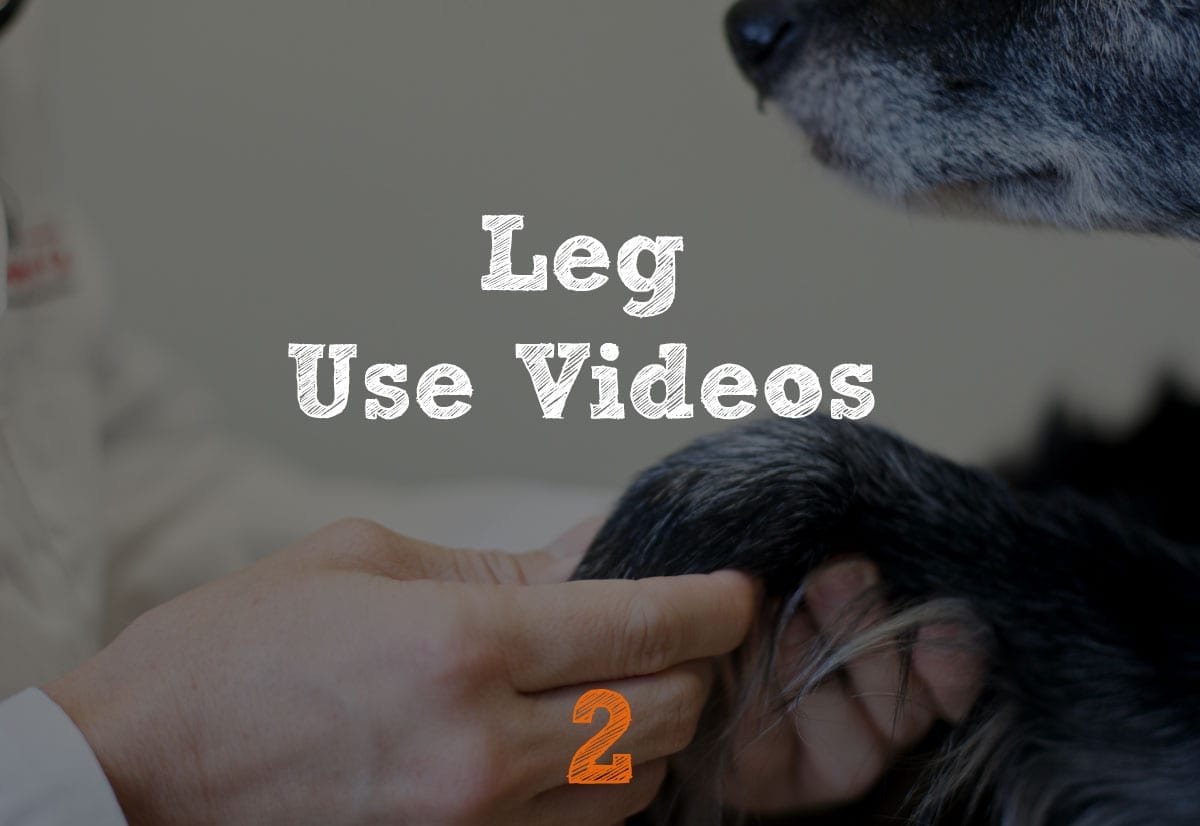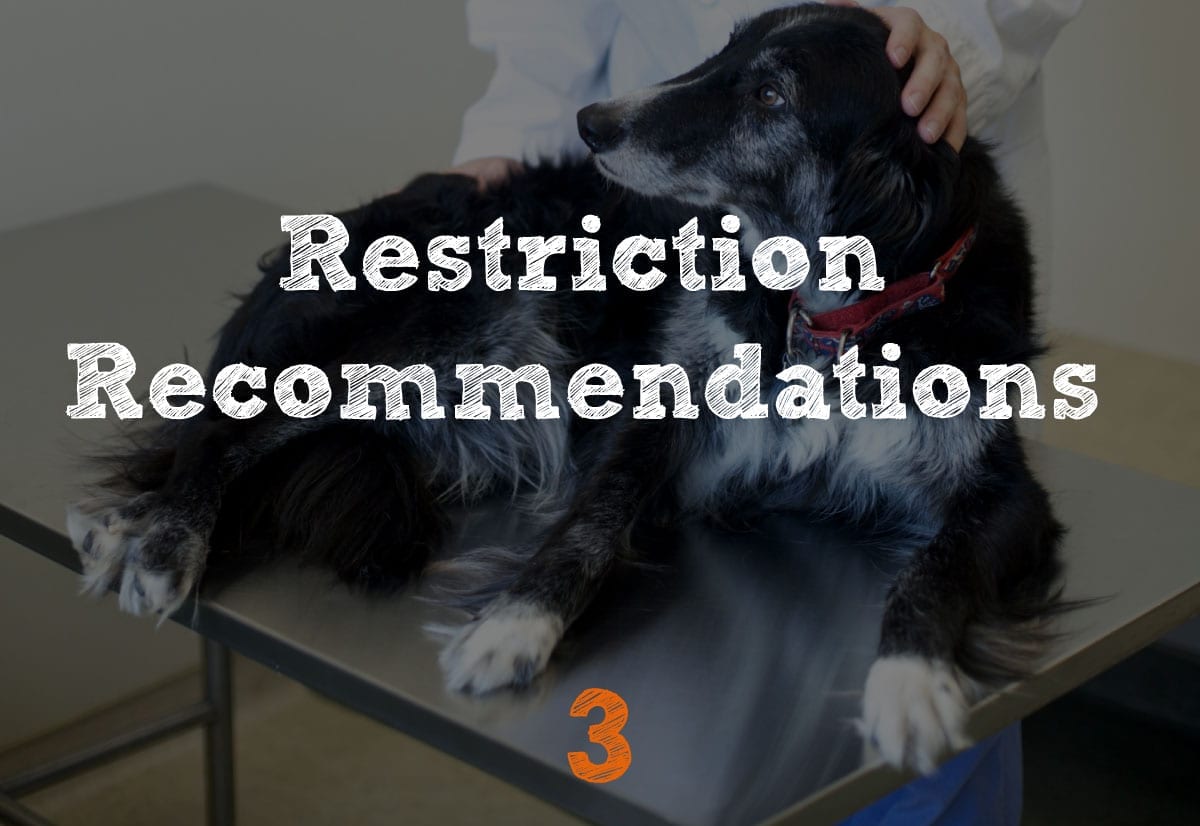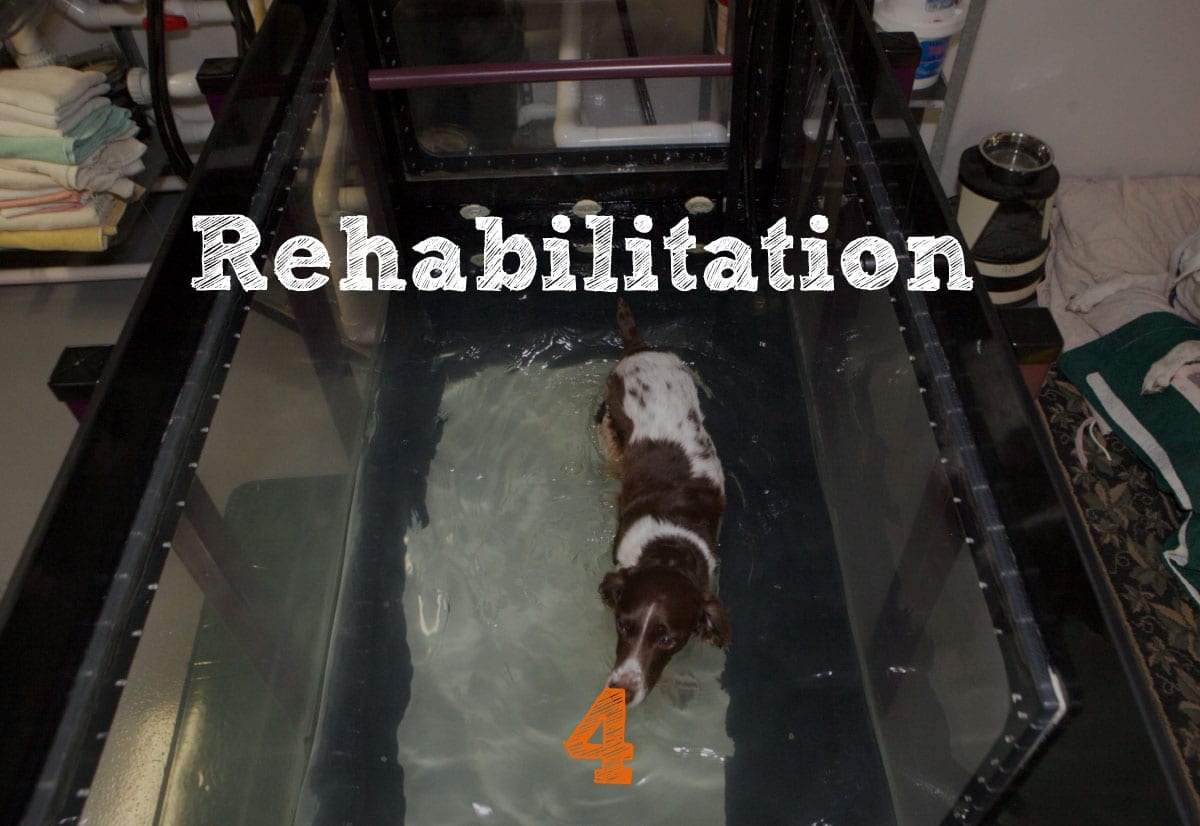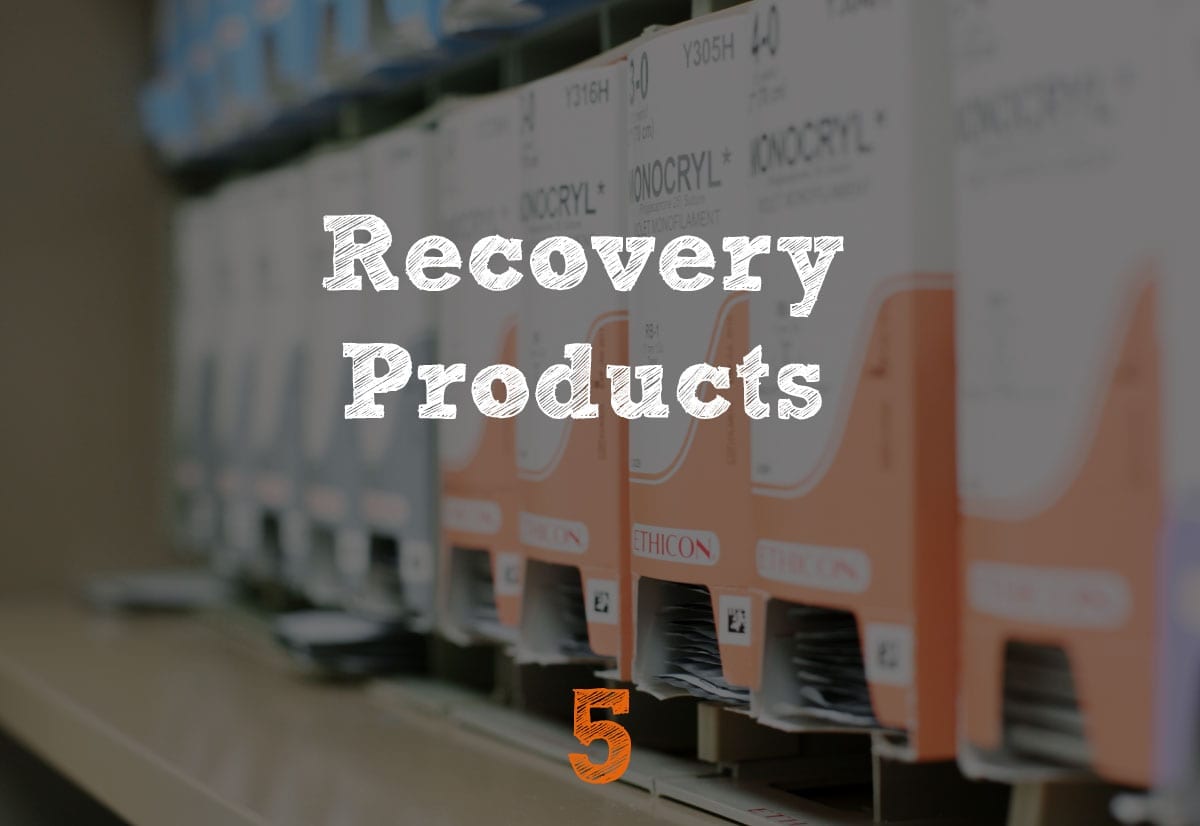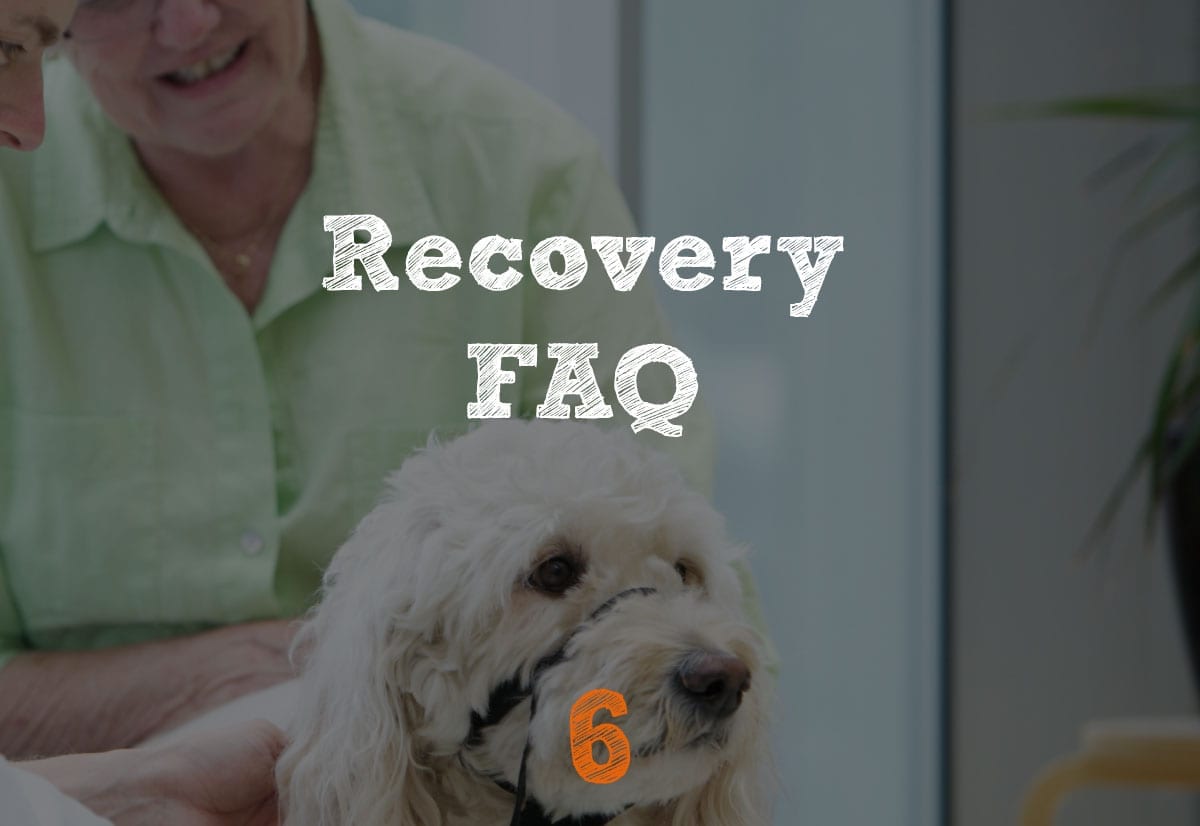TPLO Recovery Frequently Asked Questions
What medications will my pet be sent home with?
The exact medications sent home will be surgeon dependent, however, below is a typical post-operative medication protocol.
- Anti-inflammatory: Most pets will be sent home with a course of an anti-inflammatory. This may be a week’s worth, or it may be 8 week’s worth. Anti-inflammatories, as the name implies, help to reduce inflammation at the surgical site and also act as a pain reliever. There are multiple anti-inflammatories on the market, just as there are for humans, so the exact medication may vary.
- Pain-reliever: Unfortunately, there are very few FDA non-controlled pain-relieving medications available in the veterinary market that have been proven effective. Tramadol, a medication commonly used for pain in humans, has not been found in the literature to be effective in dogs, even at high doses. Some owners feel it is beneficial, others feel it may sedate their pet but doesn’t do much for pain, while others notice no effect at all. The same can be said for gabapentin, which is another common medication sent home post-operatively.
- Antibiotic: Some surgeons may send home an antibiotic post-operatively in an effort to minimize surgical site infection.
My pet hasn’t urinated or had a bowel movement yet. Is this normal?
Pets are often kept off food and sometimes off water for 12 hours prior to surgery. They are then given medications that can alter the motility of the gut. It is common for pets to urinate and/or defecate while under anesthesia or for the hospital staff to express the bladder so that patients don’t wake up with a full bladder. They then go home and may not have an appetite or want to drink for a day after having anesthesia. Finally, pets may have difficulty posturing to urinate or defecate following surgery on a leg. For all these reasons, it can often take multiple days following surgery for pets to go to the restroom.
My dog isn’t wanting to eat yet. Is that normal?
It’s not uncommon for dogs to not want to eat following anesthesia. Don’t be surprised if it takes a few days for your pet’s appetite to get back to normal. Sometimes your veterinarian may recommend feeding a bland diet consisting of rice, low-fat cottage cheese, plain yogurt, or boiled chicken (without the skin) for a few days following surgery and then gradually transitioning back to your pet’s normal diet.
My dog has diarrhea and is vomiting. Is that normal?
Some dogs may have mild diarrhea following anesthesia simply due to stress associated with the procedure. However, both diarrhea and vomiting can be serious, life-threatening symptoms. If your pet has diarrhea or vomiting it’s important to contact your veterinarian.
My dogs’ attitude just isn’t back to normal yet. When can I expect him to himself?
All dogs respond differently to anesthesia and it can take some pets longer than others to get back to their normal self. If your pets attitude isn’t back to normal within a few days of surgery, it is important to have them evaluated by a veterinarian.
My pet has swelling around the ankle. Is this normal?
It is completely normal for swelling to develop around the ankle approximately 3-5 days following surgery on the leg the TPLO was performed on. This swelling can be massaged and iced if it occurs. It will go down over the course of a few days.
Can my pet climb stairs in the home and to get outside?
There is not an established rehabilitation or activity protocol approved by all surgeons or rehabilitation specialists. Following TPLO, the bone plate and screws are responsible for holding the two segments of the tibia together until the bone has healed. This healing process takes about 8-12 weeks. In the meantime, the plate must endure all the stresses of weight bearing. Too much activity too soon could lead to implant failure. As a general rule, stairs are frowned upon early in the recovery period. That being said, sometimes they are unavoidable. If there are stairs leading in or out of the home, or if there are stairs required to navigate in the home, it is typically acceptable for your pet to walk up or down them. However, it is extremely important that you not let your pet run up or down the stairs, or jump off of the stairs. It’s important to always use a leash while your pet is healing. In addition, a sling (or a towel) can be used under the belly while navigating stairs to ensure your pet doesn’t slip and fall. The sling also provides an additional restraining device that allows you to slow down your pet’s pace.
Why do I hear a popping noise coming from the knee when my dog is walking?
The most likely cause for a popping noise coming from the knee is the femur sliding past or over the meniscus. Sometimes this popping noise may be associated with a painful response, other times it will not be. If your pet is painful, then it’s possible there is a meniscal tear present. In some cases, surgery may be recommended to remove the torn portion of the meniscus, while other times medical management may be able to be pursued. If there is no pain or lameness associated with the popping noise, then there is typically no treatment required.
Does my dog really need to be confined to a kennel, or does he just need to be confined to the house after surgery?
Following TPLO, the bone plate and screws are responsible for holding the two segments of the tibia together until the bone has healed. This healing process takes about 8-12 weeks. In the meantime, the plate must endure all the stresses of weight bearing. Too much activity too soon could lead to implant failure and thus high-impact activity is not advised. If your pet is left free in the home and runs through the house to play or when someone comes to the door, or if your pet is jumping up and down off of furniture, this is considered high-impact activity that could increase the risk of serious complications post-operatively. If your pet is crate trained, it is recommended your pet be confined to the kennel when not outside on-leash to go to the restroom. If your pet is not crate trained, then it’s best to confine your pet to a small room in the home such as an office, a laundry room, or a large walk-in closet. If you are watching TV, or working at a computer, your pet can be with you, but again it is imperative that they are not allowed to run freely in the home.
Do I really have to wait 8 weeks to allow my dog off-leash?
Following TPLO, the bone plate and screws are responsible for holding the two segments of the tibia together until the bone has healed. This healing process takes about 8-12 weeks. In the meantime, the plate must endure all the stresses of weight bearing. Too much activity too soon could lead to implant failure and thus high-impact activity is not advised. It is strongly recommended that off-leash activity is not allowed until radiographs show complete bone healing.
My dog got away from me and ran around and now is limping. What happened?
There are multiple potential causes for lameness following TPLO ranging from simple soft-tissue inflammation associated with over-activity, to implant failure with a resultant tibial fracture. Keeping your pet calm and on-leash for 8 weeks is easier said than done. That said, it’s important to do the best job you can to follow the rehabilitation protocol given to you by your veterinary surgeon. If your pet has come up sore, it’s best to contact your surgeon. They will rule out everything from a simple soft-tissue sprain or strain, infection, meniscal injury, and fractures of the patella, fibula or tibia. Most complications following TPLO are minor and can be medically managed. In some cases, additional surgery may be required to remove an infected plate, remove a torn meniscus, or to address a fracture.
Can my dog swim after surgery?
Swimming is an excellent low-impact exercise for pets whether they just need to burn off some energy or as part of a rehabilitation program following an injury. However, the TPLO is one orthopedic procedure in which swimming is not typically part of the recovery protocol. Some rehabilitation specialists believe that swimming predisposes TPLO patients to inflammation of the patellar tendon (patellar tendonitis). The cause of this inflammation is thought to be due to the stress the TPLO may add to the patellar ligament due to the change in the mechanics of the knee. If your pet is a swimmer, discuss this with your veterinary surgeon or rehabilitation
specialist.
It’s been 8 weeks since surgery. My dog is definitely improved but not back to normal yet. Now what do I do?
Every pet recovers from surgery at a different pace. While some pets appear to have made a
full recovery within weeks of surgery, others may take months to reach full potential. Studies have shown that it can take 6-12 months following surgery for patients to exhibit limb function indistinguishable from a control population. If your pet hasn’t reached a level of function that you would expect, speak with your surgeon to see if they have any recommendations to help get your pet back to peak function.
How do I properly massage my dog after TPLO surgery?
Effective physical rehabilitation only works when it’s tailored to the needs of the patient. This means you’ll need to take the pet’s range of motion, strength, degree of healing, and ability to perform each exercise into account. Conduct passive range of motion exercises and icing therapy, or better yet, schedule a follow-up appointment with a rehabilitation specialist for the appropriate rehabilitation exercise.
Want to start the steps over?
OUR CLIENTS

